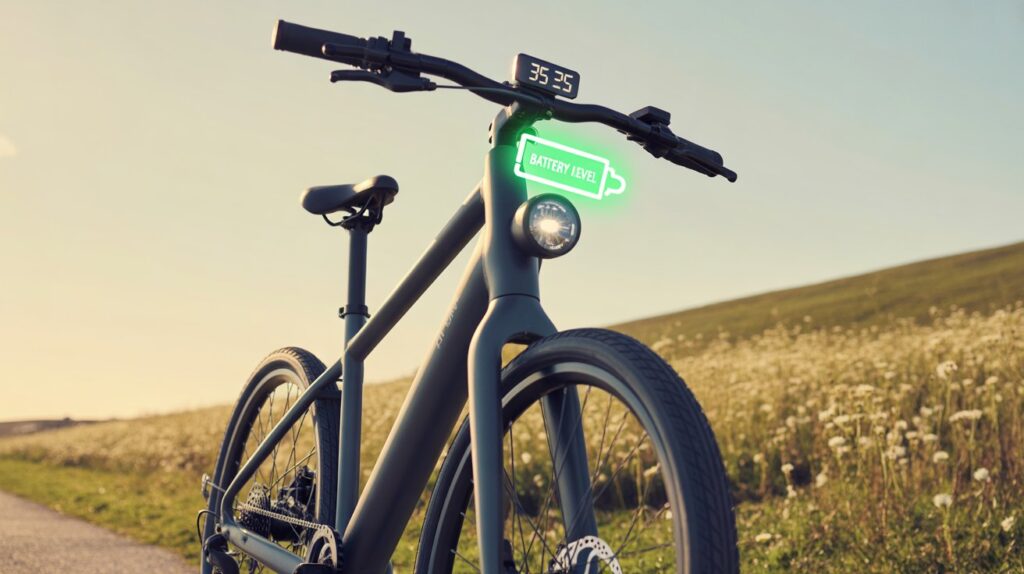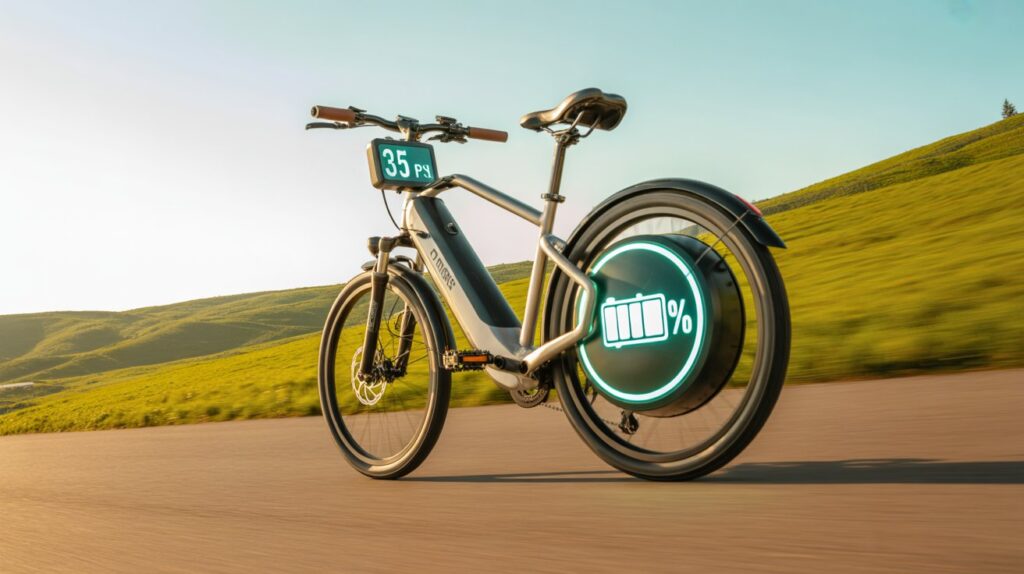The performance and lifespan of your eBike battery can make or break your riding experience. Whether you’re commuting, touring, or mountain biking, a reliable eBike battery ensures smooth and long-lasting rides. But how can you ensure that your eBike battery lasts longer while riding?
This guide provides clear, practical tips based on real-world usage and battery science. From types of batteries to usage habits, storage conditions to maintenance tricks — everything you need to know to keep your eBike battery healthy and performing at its peak.

Understanding Your eBike Battery
The eBike battery is the powerhouse of your electric bicycle. It stores energy and delivers it to the motor, determining how far and how efficiently you can ride.
Most modern eBike batteries use lithium-ion chemistry. These batteries are preferred for their energy density, recharge efficiency, and overall lifespan. A typical high-quality eBike battery offers between 500 to 1,000 full charge cycles. That means you could ride thousands of miles before you need a replacement — if you care for the battery properly.
Example: If you ride 20 miles per day and your battery lasts 50 miles per charge, you’ll need about 3 charges per week. That’s ~150 charges a year, which means the battery could easily last 4–6 years with proper care.

How Long Does an eBike Battery Last While Riding?
The distance you get from one full charge of an eBike battery depends on several factors:
- Battery Capacity (Wh): Watt-hours determine how much energy the battery holds. A 500Wh eBike battery typically offers 25–70 miles of range.
- Rider Weight and Load: More weight means the motor uses more energy.
- Terrain and Wind Conditions: Uphill climbs or riding into strong headwinds consumes more battery.
- Tire Type and Pressure: Wider tires or underinflated tires cause more resistance.
- Pedal Assist Mode: Higher assist settings (like Turbo or Boost) use more energy than Eco or Tour mode.
- Temperature: Cold weather reduces eBike battery efficiency by up to 30%.
In normal conditions, you can expect 2 to 4 hours of continuous riding on a single full charge.
How to Make Your eBike Battery Last Longer While Riding
Maximizing battery life isn’t just about charging properly — it’s about how you ride, store, and maintain your bike. Here’s how to get the most out of every charge and every year:
1. Use Eco or Low Assist Mode
Higher power modes feel great but eat up your eBike battery quickly. Ride in Eco or Tour mode whenever you can. You’ll still get assistance, but with significantly more range.
2. Keep Tire Pressure at Optimum Level
Low tire pressure increases rolling resistance. The motor works harder, using more battery power. Check pressure weekly and inflate tires to the recommended PSI.
3. Ride Steady, Avoid Aggressive Stops and Starts
Hard acceleration drains the eBike battery quickly. Try to maintain a smooth, consistent pace — especially in city traffic.
4. Don’t Overload Your eBike
Heavy loads like backpacks, cargo, or trailers demand more from the motor. Travel light whenever possible to reduce drain on the eBike battery.
5. Charge Smartly and Regularly
Don’t let your eBike battery completely die before charging. Lithium batteries perform best when charged between 20%–80%. Also avoid leaving the battery on the charger overnight.
6. Store It Properly
If you’re not riding for a while (like during winter), store your eBike battery at about 60% charge in a dry, cool environment — ideally around 15–20°C.
7. Avoid Extreme Heat or Cold
Heat accelerates battery aging, while cold reduces immediate capacity. Never leave your eBike battery in a parked car or outside in direct sun.
8. Don’t Overcharge
Leaving the charger plugged in all day or overnight may slightly degrade long-term health. Unplug once fully charged.
9. Update Firmware (If Available)
Some modern eBike batteries have smart BMS (Battery Management Systems). Updating your eBike’s firmware can help optimize battery usage.
10. Keep It Clean
Clean connectors, ports, and casing regularly using a dry cloth. Dirt or corrosion can affect performance and power delivery.

What Affects eBike Battery Life Over Years?
Battery life isn’t just about miles — it’s also about years of consistent, safe performance. Here are factors that determine how long your eBike battery lasts:
- Battery Chemistry: High-quality lithium-ion cells (e.g., Panasonic, Samsung, LG) last longer.
- BMS Protection: Smart systems prevent overcharge, overheat, and deep discharges.
- Charging Habits: Partial charges are better than full-to-zero cycles.
- Storage Conditions: Humidity, temperature, and even how often the battery sits unused all matter.
How Many Years Will My eBike Battery Last?
Here’s a general breakdown:
- 2–3 years for heavy users (daily commute, full charges every 2–3 days)
- 4–5 years for moderate users (recharge once a week or less)
- Up to 6 years if rarely used and always properly maintained
Eventually, even the best eBike battery will start to lose capacity. You’ll notice shorter range, slower charging, or more frequent power dips. That’s when it’s time to consider a replacement — or at least a performance test.
Frequently Asked Questions About eBike Batteries
Q1: How many charge cycles does an eBike battery offer?
A: A high-quality eBike battery usually offers 500–1,000 full charge cycles. With partial charges, this number can be even higher.
Q2: Should I always fully charge my eBike battery?
A: Not necessarily. Charging between 20%–80% can help extend lifespan.
Q3: Can I ride in the rain? Will it affect my battery?
A: Most eBike batteries are weather-resistant, but not waterproof. Avoid deep puddles or submerging the battery.
Q4: Is it okay to leave my eBike battery on the bike overnight?
A: Yes, if stored indoors. But during extreme temperatures, it’s better to remove and store it separately.
Q5: How do I know my eBike battery is dying?
A: Signs include reduced range, slower charging, sudden shutoffs, or inability to hold charge.









